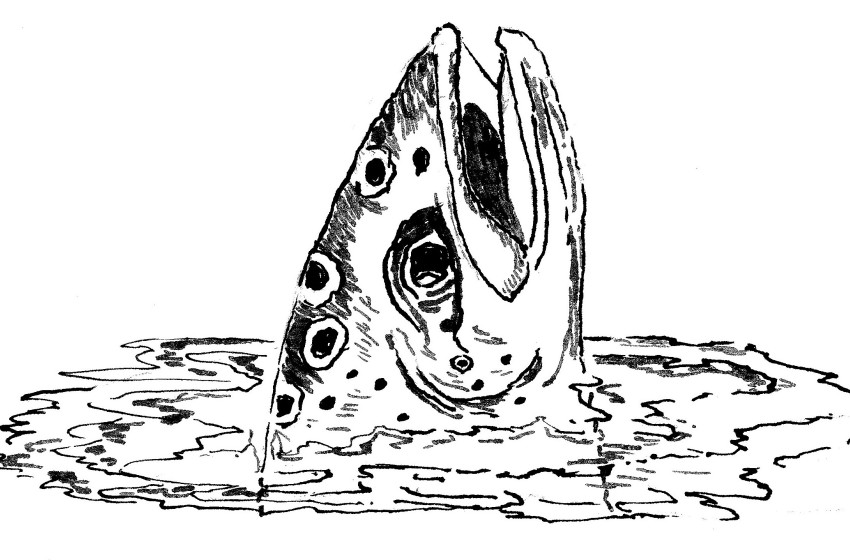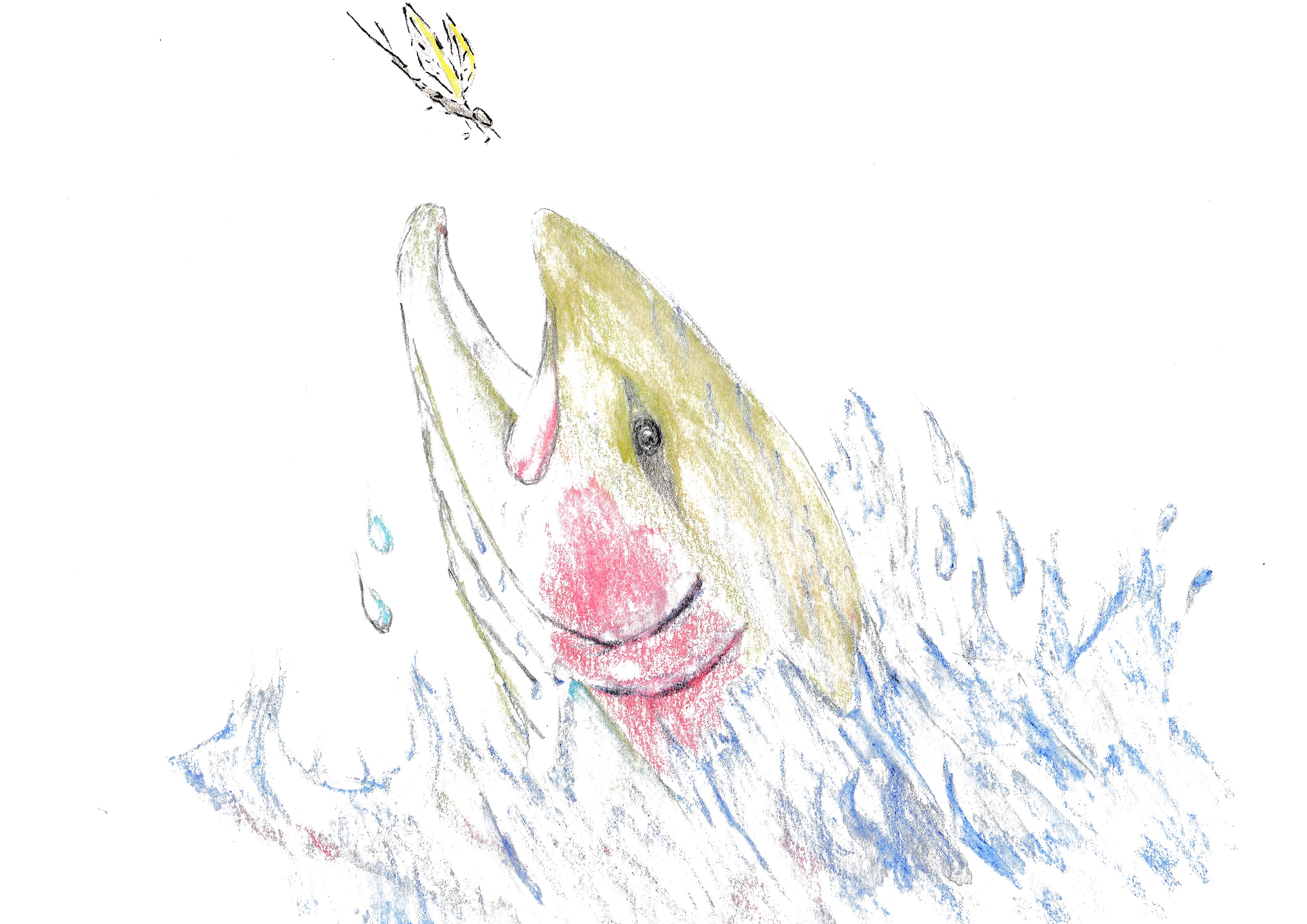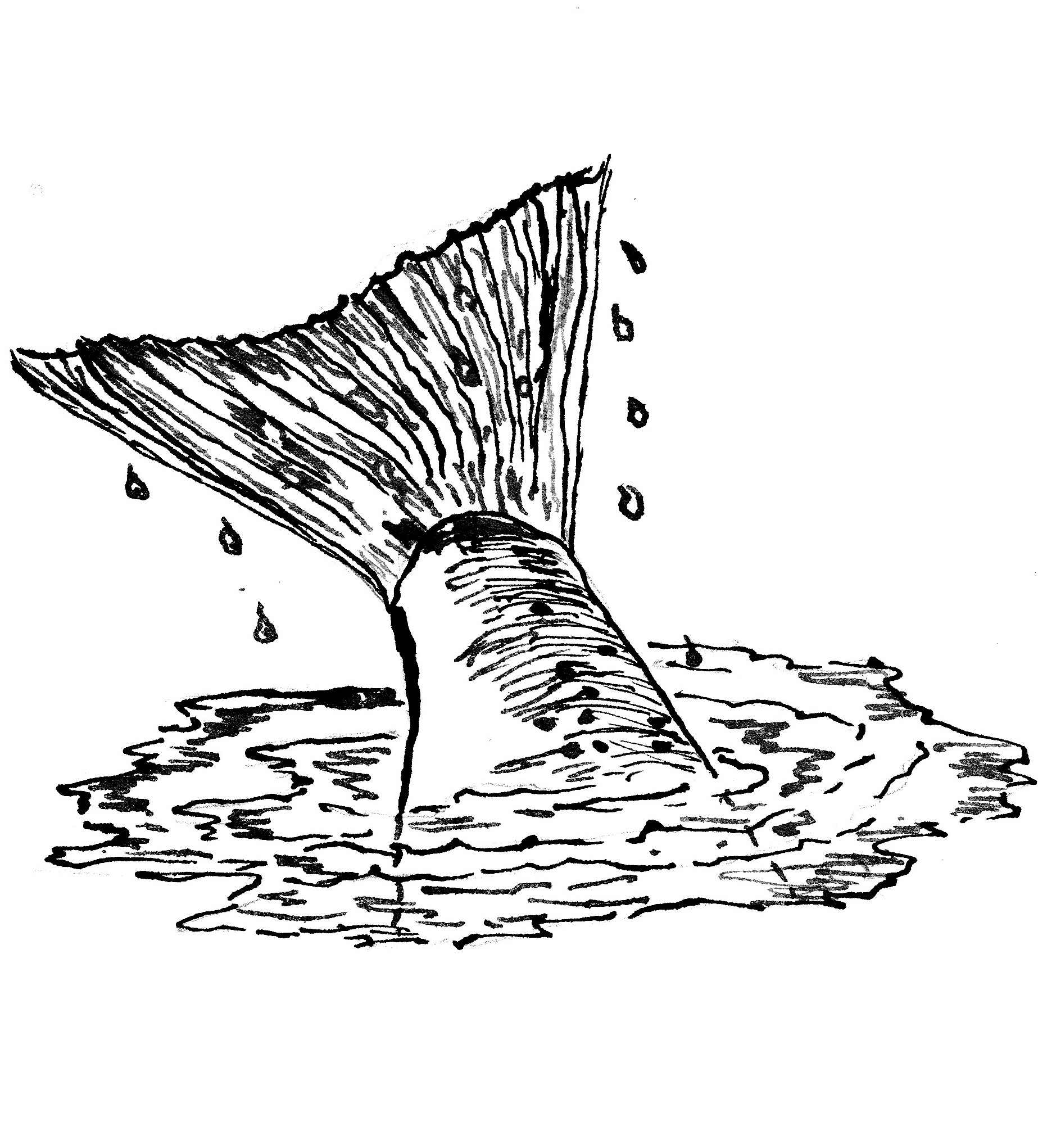Hugh Creasy's column for November 2019
- 28/11/2019
- Richie Cosgrove

Wind, rain and leaden skies make for a depressing spring. So it falls to an appreciation of other things that make a visit to the river a pleasurable experience. It’s mating time for birds, and their display and mating rituals are on full display.
A pair of kingfishers have made a nest above the high water mark on a cliff face by the river. When the river is high they stalk the wetland bogs, seeking tadpoles and inanga to take back to the nest. And shags drape themselves over high branches in a leafless totara to dry out. The river has to be in high flood to keep them out of the water. I admire their survival skills but detest the way their droppings coat riverside boulders in odiferous slime that seems to coat my hands when negotiating rocky runs.
Some ducks are nesting for a second time. I presume it’s a good season for them, or their earlier nests suffered destruction in the wild spring weather.
Young birds are being kicked out of the nest or separated from their parents. It’s time for them to set out on lives of independence. Many of them don’t go willingly. A magpie family on the golf course have to put up with bleating adolescents who noisily demand feeding even though they are well able to look after themselves. The wind has dislodged a tiny mud-lined nest, probably the home of a fantail or grey warbler family.
 On the river a lone angler, a brave soul, casts to clay-stained water. He looks a little disconsolate – not really trying in the face of insuperable odds. It’s frustrating. The fish are there, holding deep or feeding in shallow edges, away from the power of the main flow.
On the river a lone angler, a brave soul, casts to clay-stained water. He looks a little disconsolate – not really trying in the face of insuperable odds. It’s frustrating. The fish are there, holding deep or feeding in shallow edges, away from the power of the main flow.
On the willows giving shade to the water, the galls of willow grub are beginning to show. In a few months they will hatch, and the grubs will drop away on fine filaments before they undergo another change and become flies.
When the weather warms and chironomids fly, anglers will search their fly boxes for tiny imitations of both midges and sawfly grubs. They come in tiny sizes #20 and #18 and it is a challenge to tie passable imitations of both.
In the meantime, at the other end of the scale, there is the toe biter or creeper, the larvae of the Dobson Fly. They can be found under stones and boulders on the river’s edge. Imitations can be tied on a 2x#8 hook, weighted or unweighted if fished in shallow water. Adult Dobsons are noisy and clumsy fliers and sometimes crash on the water. I have never tried tying an imitation, but have caught fish on an unweighted streamer dumped on the water when Dobsons are flying.
The best bet is a Muddler Minnow tied dry and sparse. These give a good imitation of any large flying insect, and I have caught fish on small streams when HuHu beetles are flying. On a day with a strong tail wind, the Muddler flipped onto the water and allowed to flick into the air and fall again gives a fairly good imitation of big dragonflies dipping and rising as they search for mates. Let the wind do the work. Rainbows will leap at them and hit with linebreaking force.
 There is nothing like a bright spring day, sunny, and warm, low, clear water and visible fish rising to hatching caddis or mayflies. But of such days dreams are made. They do happen but have been scarce so far this season. I have spent many more hours at the fly tying desk than on the river and my casting arm has grown twitchy.
There is nothing like a bright spring day, sunny, and warm, low, clear water and visible fish rising to hatching caddis or mayflies. But of such days dreams are made. They do happen but have been scarce so far this season. I have spent many more hours at the fly tying desk than on the river and my casting arm has grown twitchy.
At present there is a succession of fronts coming up the South Island, so it looks as though the rivers will be unfishable for quite some time. But let’s not forget the lakes. Now there’s an idea, I had better seek out some accommodation.